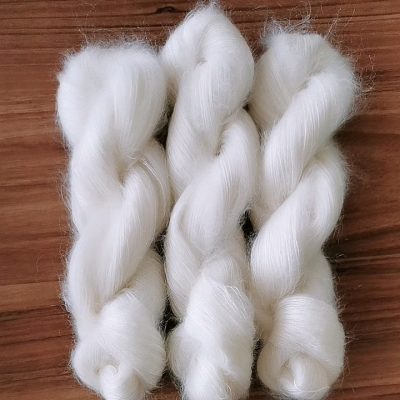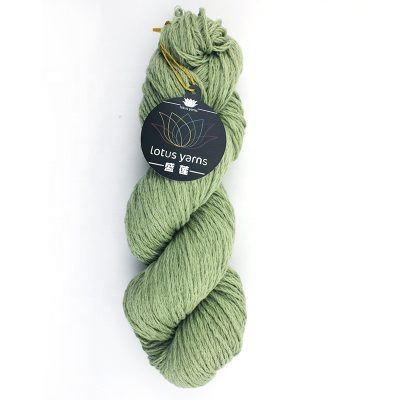1. In addition to impurities
Spinning is a science that studies the processing of textile short fibers into yarns. Yarns are generally made of many short fibers of varying lengths through splicing methods, as well as long continuous monofilament twists. Combined. In the spinning process, it is first necessary to remove imperfections, that is, preliminary processing of the raw materials, also known as the preparation of spinning raw materials. The types of raw materials are different, the types and properties of impurities are different, and the processing methods and art are also different. The primary processing methods of raw materials mainly include physical methods (such as cotton ginning), chemical methods (such as degumming of hemp, scouring of spun silk), and methods combining physical and chemical methods (such as washing and de-grazing of wool).
Second, release
Process the messy, horizontally tightly connected fibers into a longitudinal order, and have a certain requirement of smooth yarn. It is necessary to turn the bulk fiber into a single fiber state, release the horizontal connection of the fiber raw materials, and establish a strong end-to-end connection. Vertical connection. The former is called fiber loosening, and the latter is called fiber assembly. The loosening of the fiber is to completely remove the transverse connection between the fiber and the fiber. However, fiber damage must be minimized. The assembly of fibers is to re-establish an ordered longitudinal connection of the loosened fibers. This connection is continuous, and the fiber distribution in the assembly should be uniform, and at the same time have a certain linear density and strength. A certain amount of twist must be added to the fiber assembly. The assembly process is not completed at one time, it can be completed only after multiple processing such as carding, drafting and twisting.
Three, open
Opening is to tear large pieces of fiber into small pieces and small fiber bundles. Broadly speaking, the degumming of hemp is also a kind of opening. As the opening action progresses, the connection force between the fibers and the impurities is weakened, so that the impurities are removed, and at the same time, the fibers are mixed. The opening effect and the removal of impurities are not completed at one time, but gradually achieved through the rational configuration of tearing, striking and segmentation.
Four, combing
The carding function is to further loosen the small pieces and small bundles of fibers into a single state by a large number of dense needles on the carding machine, thereby further improving the loosening of the fibers. After carding, the transverse connection between the fibers is basically released, and the effect of impurity removal and mixing is more sufficient. However, a large number of fibers are curved. And there are hooks, and there is still a certain horizontal connection between each fiber.
Five, combing
The combing function of the combing machine is to use the comb to carry out more detailed combing under the state of holding the two ends of the fiber respectively. Combing machine processing can eliminate short fibers and small imperfections below a certain length, and promote the fibers to be more parallel and straight. Chemical fibers are generally not processed by a comber because of their neat length, less impurities, and good straight and parallel state.
Sixth, drafting
The combed sliver is stretched and thinned until it gradually reaches the predetermined thickness. This process is called drafting. It laid the foundation for the firm establishment of regular end-to-end connection between fibers. However, drafting will bring uneven short segments of the yarn. Therefore, it is necessary to configure a reasonable drafting device and process parameters.
Seven, twisting
Twisting is to twist the whisker around its own axis, so that the fibers parallel to the axial direction of the whisker are helical, thereby generating radial pressure to fix the longitudinal connection between the fibers.
8. Winding
The semi-finished or finished product is wound into a certain form to facilitate storage, transportation and processing in the next process. This process is called winding. The winding process should be carried out continuously on the basis of not affecting the output and quality of the product. Efforts should be made to achieve continuous production between the various procedures to minimize the quality problems caused by the winding process. In short, the spinning process generally includes the functions of raw material preparation, opening, carding, impurity removal, mixing, drafting, merging, twisting, and winding, and some functions are achieved through multiple iterations.

























